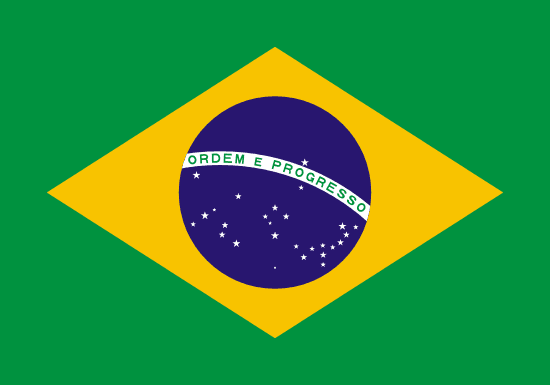"Não sou conduzido, conduzo | I am not led, I lead"
About:
Founded in 1554 by Jesuit priests, São Paulo, Brazil, evolved from a small mission into a prominent colonial town. It gained city status in 1711. During the 19th century, it experienced rapid industrial growth, attracting immigrants worldwide. São Paulo became Brazil's economic powerhouse in the 20th century. Despite challenges such as social inequality and pollution, it remains a vital cultural and financial hub, hosting numerous multinational companies and renowned cultural institutions.
When to visit:
São Paulo, the largest city in Brazil, is a vibrant metropolis known for its cultural diversity, thriving culinary scene, and dynamic nightlife. The best time to visit São Paulo on a holiday is during the dry season, which falls between May and September. During this time, the weather is mild, with pleasant temperatures and lower chances of rainfall, making it ideal for exploring the city's attractions and outdoor activities. Additionally, many festivals and events take place during this period, offering visitors a chance to immerse themselves in the local culture and festivities.
When to avoid:
São Paulo, Brazil, is a bustling metropolis known for its vibrant culture and diverse attractions. However, traveling to São Paulo during major holidays, such as Carnival in February or New Year's Eve in December, can be particularly challenging due to the influx of tourists and locals celebrating. The city experiences heavy traffic congestion, crowded public spaces, and inflated prices during these peak holiday periods, making it less enjoyable for visitors seeking a more relaxed experience. To avoid the crowds and high costs, it is advisable to plan your trip to São Paulo during off-peak seasons and avoid major holidays if possible.
"Winter Season (June-August)"
In Sao Paulo, the coldest and wettest portion of the year typically falls between June and August. During this period, temperatures can drop to around 12°C (54°F), with highs usually not exceeding 22°C (72°F). Rainfall is frequent, with monthly averages reaching around 50mm. The city experiences less sunlight, with an average of 4-5 hours of sunshine per day. Cloud cover is extensive, often resulting in overcast skies. An average day for a visitor might involve a light jacket, an umbrella, and indoor activities or exploring the city’s many museums and cafes.
"Summer (December–February)"
In Sao Paulo, Brazil, the warmest part of the year typically spans from December to March, aligning with the Southern Hemisphere's summer. During this period, the average high temperatures range between 27°C (80°F) to 30°C (86°F), while the lows rarely drop below 18°C (64°F).
Rainfall is quite significant in these months, with January being the wettest month of the year. The city receives an average rainfall of around 200-300mm per month. This is often in the form of heavy showers and thunderstorms, which are usually short-lived but frequent.
Sunlight is abundant during this period, with the city experiencing an average of 6 to 7 hours of sunshine per day. However, the high humidity levels, often above 80%, can make the heat feel more intense and might lead to occasional discomfort, especially for those unaccustomed to such conditions.
Cloudiness varies during this period. While there are plenty of clear, sunny days, the frequency of rainstorms means that overcast or partly cloudy skies are also common.
A typical day for a visitor during this season would start warm and sunny, becoming hot and humid as the day progresses. Afternoon and evening can often bring heavy showers or thunderstorms, providing a dramatic, refreshing break from the heat. Despite the rain, the vibrant city life continues unabated, offering a unique blend of weather and culture for visitors to enjoy.
Language:
Portuguese is the official and most widely spoken language in Sao Paulo, Brazil's most populous city. However, due to its multicultural character, other languages like Spanish, English, Italian, and Japanese are also spoken. The city is home to significant immigrant communities, contributing to its linguistic diversity.




